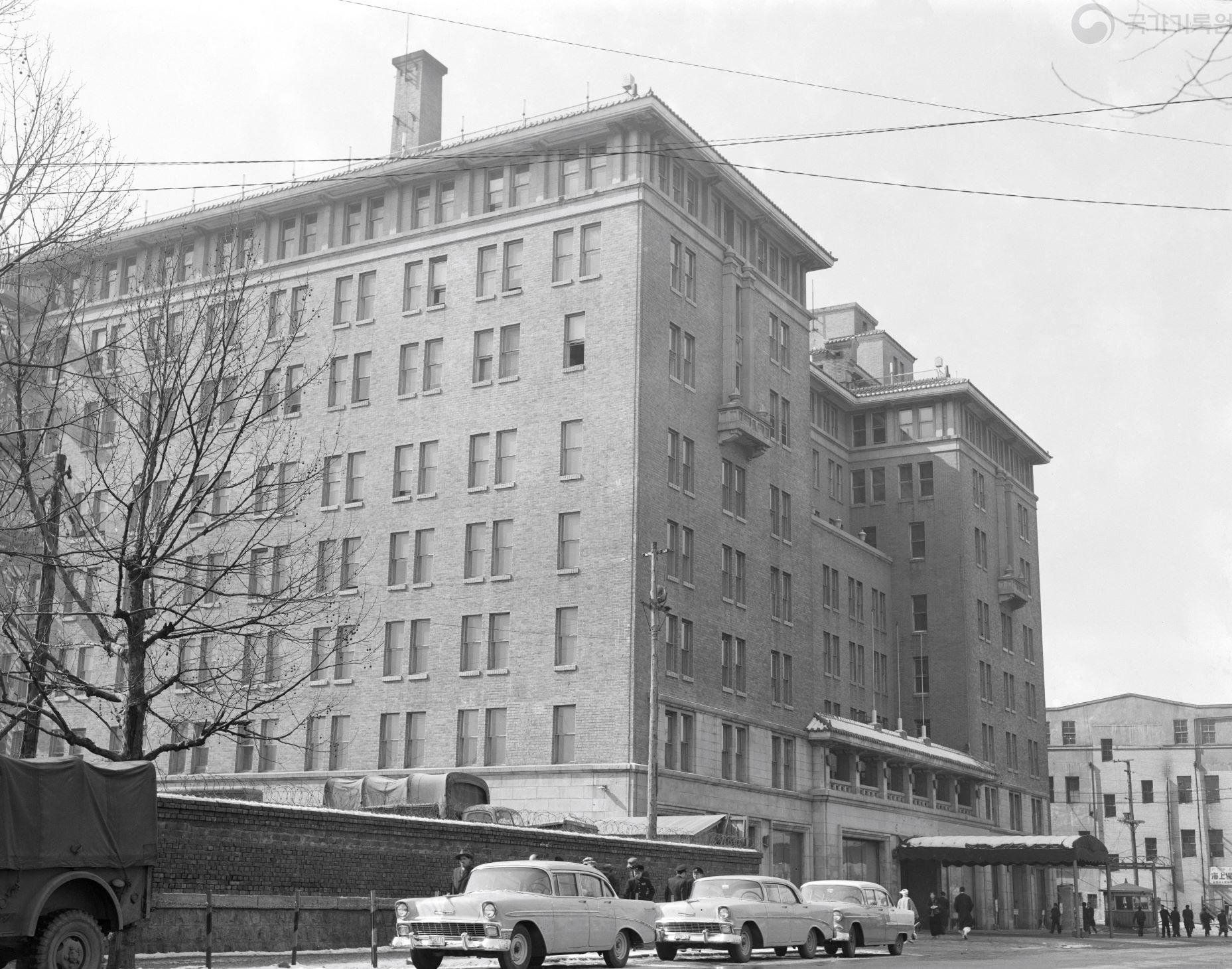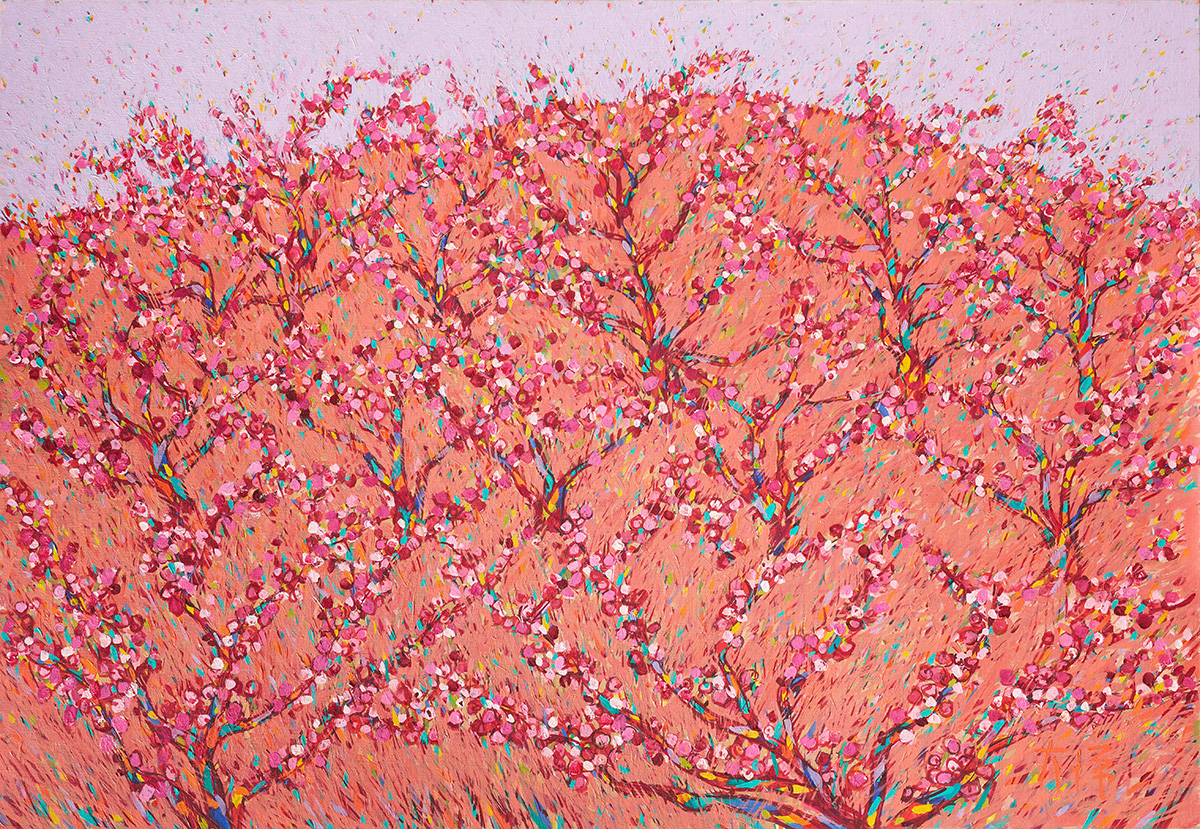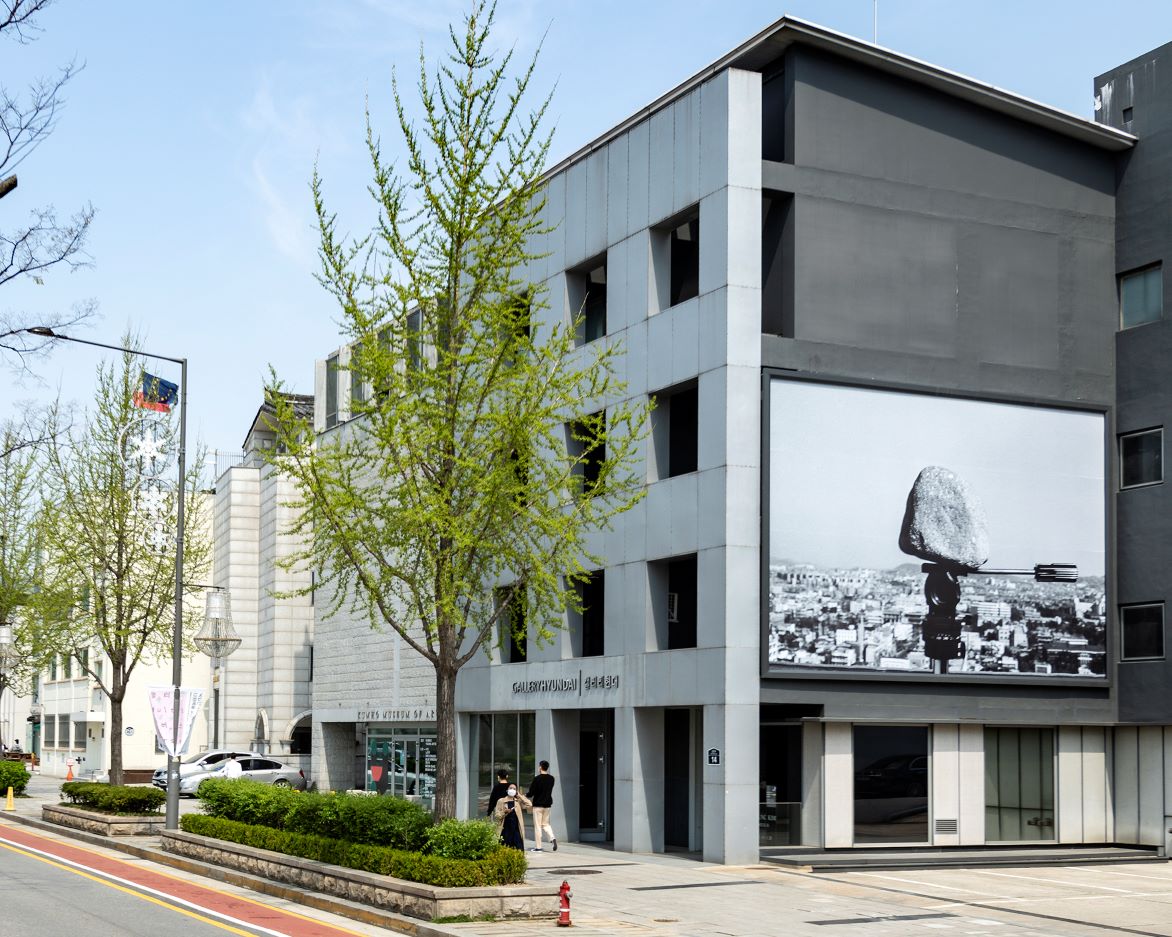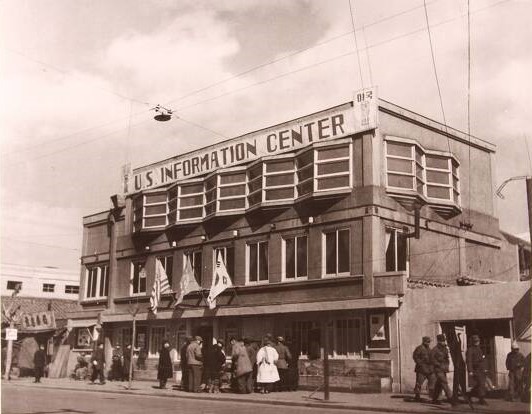
Bando Hotel, Image provided by National Archives of Korea
Bando Gallery
* Source: Multilingual Glossary of Korean Art. Korea Arts Management Service
Related
-

Lee Daiwon
Lee Daiwon (1921-2005, pen name Yikyung) was born in Paju, Gyeonggi-do, as the third son of wealthy parents He learnt oil painting through private lesson when he was a child at Cheongwoon Public Elementary School and proved his potential when he won an award at the art contest hosted by the Dong-A Ilbo. He was a member of an art club and strongly supported by his Art teacher Sato Kunio at Kyungbok Public High School. His potential was realized when he was consecutively selected for the Joseon Art Exhibition [Joseon misul jeollamhoe] in 1938, 1939, and 1940. However, due to his father’s disapproval, he was compelled to study law at Keijo Imperial University instead of pursuing art. After Korean independence, he returned to actively engaged with art activities, such as running Bando Gallery, the first commercial art gallery, in 1959. He also served as an art professor from 1967 to 1986 and a dean from 1972 to 1974 at Hongik University. He was later appointed as a chair of the National Academy of Arts in 1989 and 1993. He drew cheerful and colorful scenes of farms in bright colors based on pointillist Impressionism in combination with traditional Eastern painting techniques.
-

Gallery Hyundai
A gallery located at Samseong-ro, Jongno-gu, Seoul. The gallery opened in April 1970 in Gwanhun-dong, Jongno-gu, Seoul, under the joint management of Han Yong-gu and Park Myung-ja. Started as Hyundai Hwarang (Hyundai Gallery), it was renamed as Gallery Hyundai in 1987. When it first opened, the gallery contributed to the development of contemporary Korean art, featuring the work of contemporary artists instead of antique calligraphy and paintings, which were actively exhibited and traded in Insa-dong. In September 1973, the gallery published an art magazine titled Hwarang, with an editing staff consisting of Lee Heung-u, Lee Gu-yeol, Park Rhaikyoung, Heo Yeonghwan, and Oh Kwang-su. After 1988, the magazine was renamed Hyundai Misul and it continued to be published until 1992. The gallery regularly held exhibitions of major figures in Korean contemporary art, such as Park Sookeun, Lee Jungseop, To Sangbong, Nam Kwan, Yoon Jungsik, and Chun Kyungja. After it moved to a new building in Sagan-dong in 1975, the gallery expanded the base for Abstract art through exhibitions featuring Yun Hyongkeun, Kim Tschang-Yeul, Park Seobo, Chung Sanghwa, and Lee Ufan.







